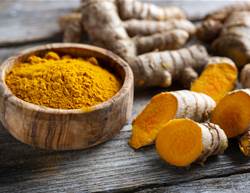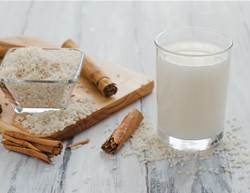The melted cheese, the sweet sauces, the chewy carbs. When all of these flavours and textures come together on a plate, the combination is one that few can resist. In fact, Italian food is one of the most regularly eaten cuisines. Unfortunately for our collective waistlines, it’s also among the most caloric, according to a recent study.
But that doesn't mean you have to give up your favourite dishes to lose weight. While you probably already know that whole grain is healthier than white spaghetti, there are other, lesser-known ways to make pasta dishes, meatballs and even pizza, flat belly-friendly. Here are some of the easiest to pull off:
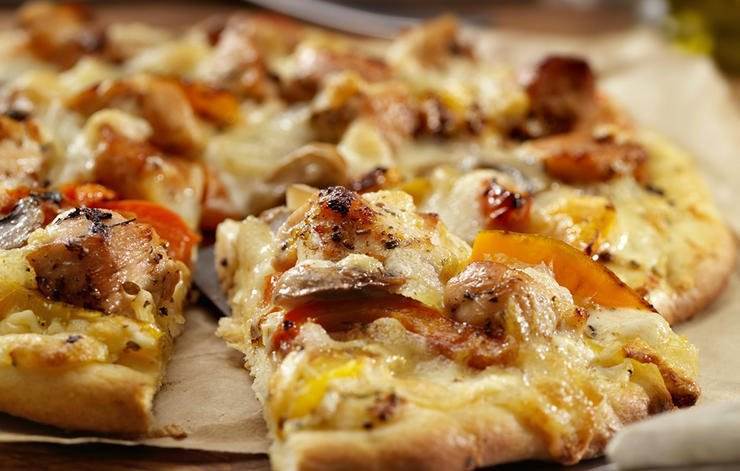
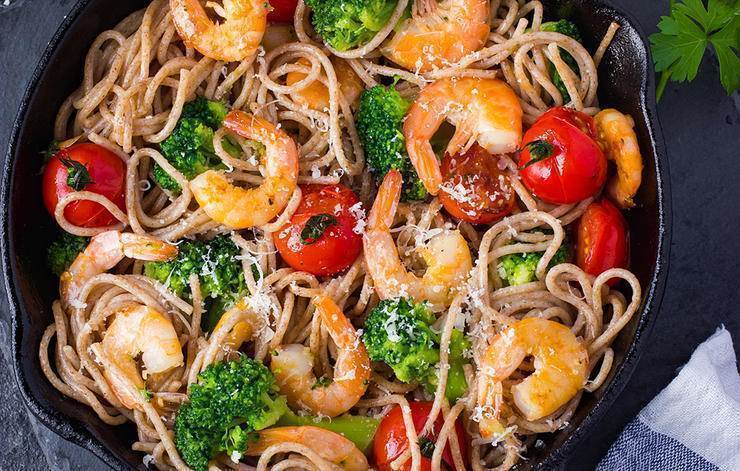
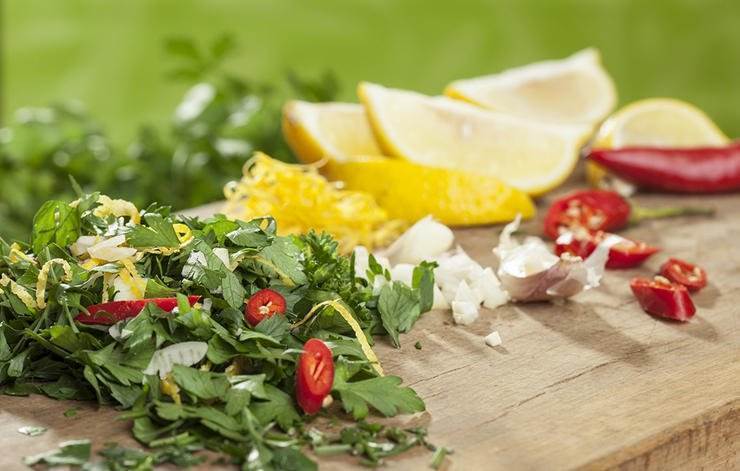
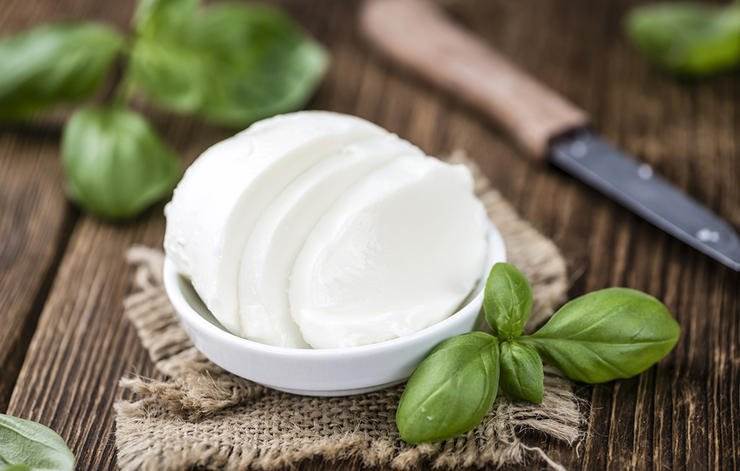
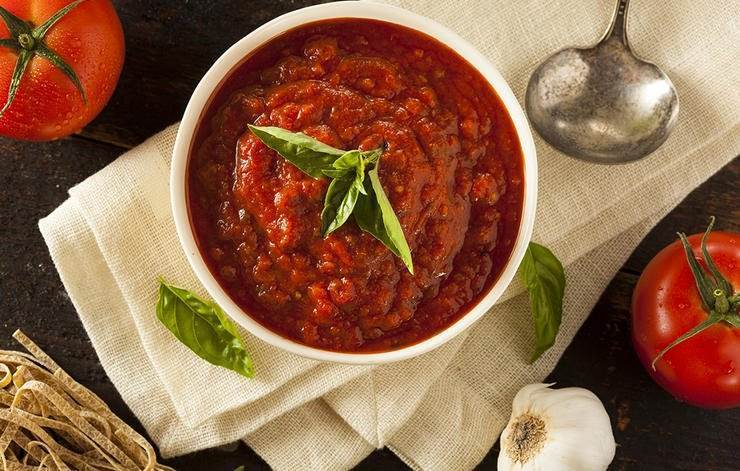
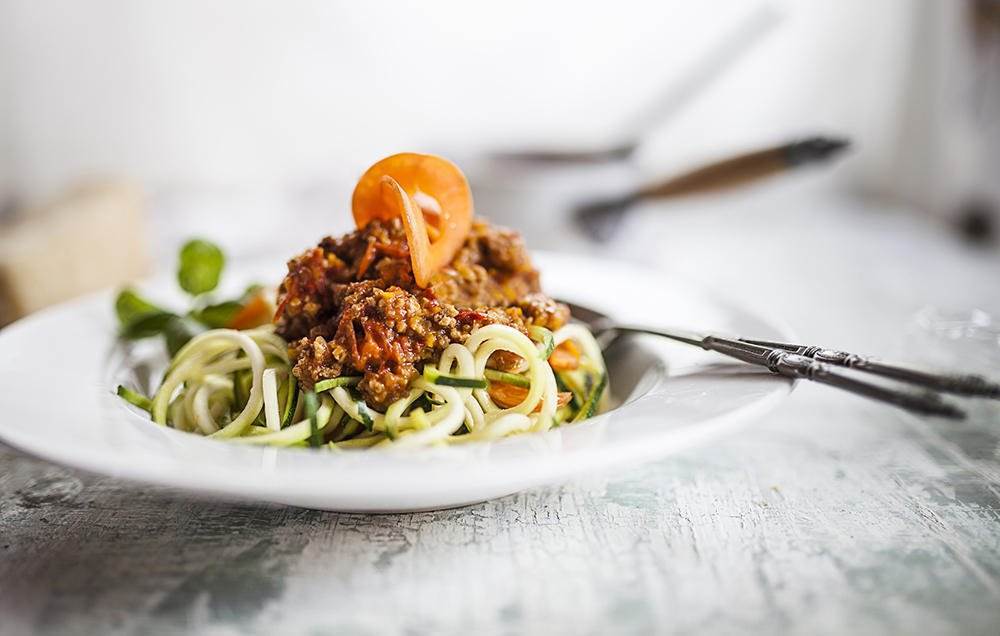
Swap your proteins.
Adding protein to your pie or pasta bowl will help you stay fuller longer, which in turn, can help you say no to seconds. But not just any source of the nutrient will do. Prosciutto, pepperoni, sausage and many other Italian-style meats are far too rich in saturated fat and belly-bloating salt to be considered healthy.
To stay on track with your diet, add chicken, roasted ham, anchovies or meatballs (made with lean beef and chopped veggies) to your favourite dishes, instead, suggests dietitian Angel Planells.
Following a vegetarian or vegan plan? Top your pie with protein-packed vegetables like cooked spinach (3 g per ½-cup serving) or broccoli (2 g per ½-cup serving). "These healthier alternatives are not only more diet-friendly, but they're also a good source of protein, iron, zinc and B vitamins."
Pair carbs with veggies.
Despite conventional wisdom, things like Italian bread, spaghetti Bolognese and ravioli aren't inherently "bad" for you. But the way we prepare them—typically without vegetables—isn't the healthiest or most authentic way to enjoy them.
"Eating bread with butter or olive oil, for example, is unheard of in Italy. There, people dip their bread into vegetable soup or use it to mop up the salad dressing that's lingering on their plates," says dietitian Christine M. Palumbo. "When carbs are paired with fibre-rich vegetables, as they often are in authentic Italian dishes, they're absorbed far more slowly, which helps ward off blood sugar and hunger spikes."
Adding more veggies to classic Italian dishes is also a smart way to lower the calorie count. "If you are watching your weight, aim to have more veggies and protein on your plate and less of the pasta," says dietitian Ilyse Schapiro. "Stick to one cup of cooked pasta and jazz up your dish with lots of veggies and some protein like chicken, prawns or turkey meatballs."
Learn to make a gremolata.
"Gremolata is an Italian garnish of raw, finely chopped garlic, fresh parsley and lemon zest," explains chef Chloe Coscarelli. "It adds huge amounts of flavour with far fewer calories and fat than creamy or oily sauces."
For a meal so delicious you’ll forget all about that soggy Alfredo sauce, sauté wild mushrooms and spinach in some olive oil, mix ¾-cup of the veggies with a ¾-cup serving of whole grain pasta together in a bowl, and top with Coscarelli’s go-to gremolata recipe:
¼ cup fresh Italian parsley
2 cloves garlic, finely minced or crushed
Zest of 1 lemon
1 Tbsp olive oil
¼ tsp sea salt
¼ teaspoon ground black pepper
Mix all ingredients together in a small bowl, and spoon it over your dish. Serves 4.
Use grass-fed cheese.
Back in the 90's when many folks feared dietary fat, cheese earned itself a pretty bad rap. Even though we now know that fat is not the enemy, many still assume cheese can't be part of a healthy weight loss plan. But that’s simply not true. In fact, in one British study, participants who ate a high-protein, moderate-calorie cheese snack consumed less during their next meal than those who skipped the creamy treat. Researchers say this is likely because cheese is a good source of filling protein.
Of course, it's easy to overdo it; the key is portion control and picking the right variety. "If you love Parmesan, you don't have to avoid it. One tablespoon of shredded Parmesan, for instance, is only 22 calories, while a one-ounce serving is 112 calories," Schapiro says. "Fresh mozzarella is also a good option. It has 85 calories per ounce, which isn’t too bad compared to other cheeses."
Another way to use cheese in your favour: Buy grass-fed varieties. "Cheeses from grass-fed animals are higher in omega-3 fats, which may aid weight-loss efforts," says Schapiro. "They also provide a higher concentrations of various vitamins than cheese from grain-fed cows."
Choose a better marinara.
When it's made in a factory, marinara is often filled with sugar and salt to boost its shelf life. And that's bad news for your diet. One recent Australian study found that people who consume a high sodium diet actually crave, and subsequently consume, more fatty foods than those who eat less salt.
"Look for a sauce that has less than 450 milligrams of sodium and less than four grams of sugar per serving," Schapiro says. "If you want a sauce that's even healthier, make it yourself. Use canned peeled Italian plum tomatoes, mix it with low-sodium tomato paste and season the mixture with your favourite spices."
Mix noodles with zoodles.
If you don't love the idea of eating zucchini noodles (aka zoodles) in lieu of spaghetti, we don't blame you—the taste and texture aren't for everyone. But if you have a tough time sticking to a reasonable portion of pasta, it's worth trying to find a spiralised vegetable you like. Everything from carrots to butternut pumpkin and parsnips can be turned into veggie noodles.
"If you absolutely cannot bear to give up pasta entirely, doing half vegetable noodles and half whole grain is a great option that's rich in fibre," Schapiro says. A half-cup serving of each topped with a wholesome sauce and a small sprinkle of cheese is filling and hits all the right flavour notes.






